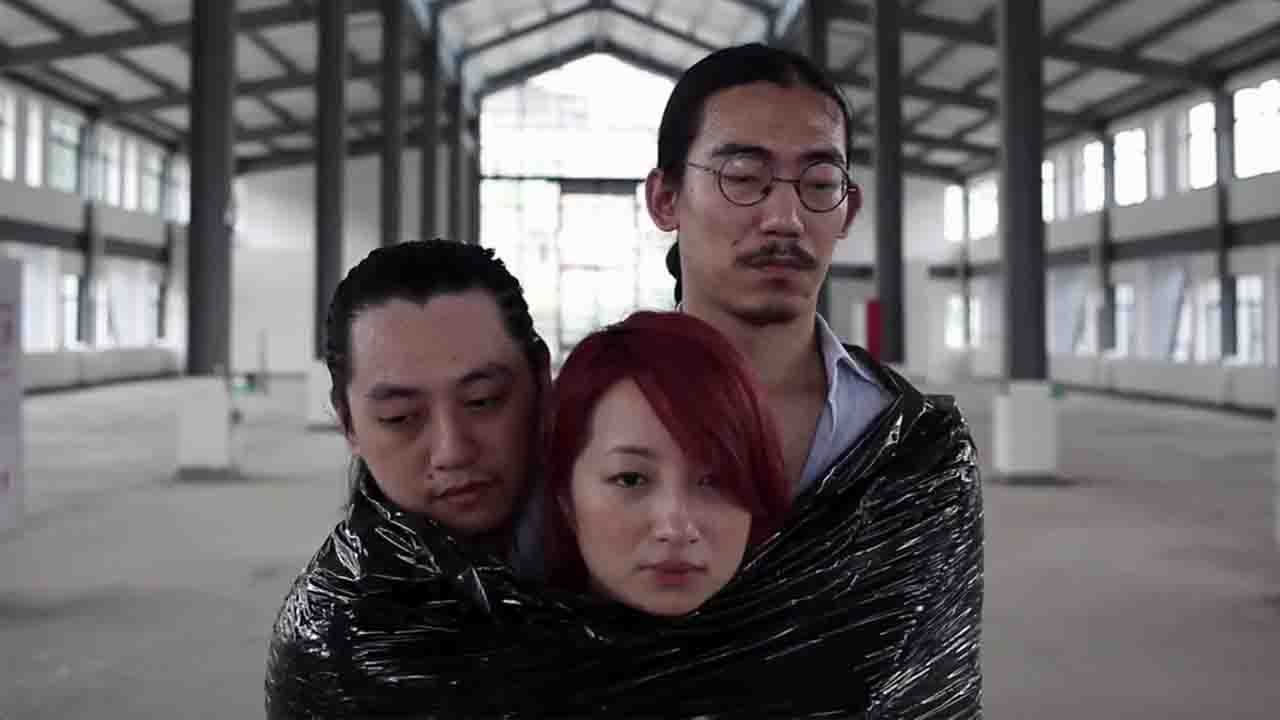
China
15:09, 30-Oct-2017
The global exhibition of Chinese artists
Ty Lawson

A new wave of art exhibitions around the world is bringing Chinese artists to the global stage.
Despite being home to 1.4 billion people, art from China has often been perceived to be historical artifacts of emperors and dynasties ignoring the innovation of contemporary artists.
A new exhibition opened Friday in Amsterdam showcasing one of China’s best-known contemporary artists, Zeng Fanzhi.
"That an artist really dares to enter into that confrontation again, and look at Vincent's work afresh, and ... do his own thing with it. That is for us of course, really interesting and really inspiring," Axel Rueger, the director of the Van Gogh museum told AFP.
For the exhibition “Zeng Fanzhi/Van Gogh” which runs until February 25, the Chinese artist has recreated eight masterpieces by the iconic Dutch artist, adding his own distinctive brushstrokes, and even imbuing the new works with Chinese calligraphy and handwriting.
Zeng's reimagining of Van Goh’s work is both instantly recognizable, and yet completely new.

Zeng Fanzhi, Van Gogh III, 2017 / © 2017 Zeng Fanzhi
Zeng Fanzhi, Van Gogh III, 2017 / © 2017 Zeng Fanzhi
"I'm a contemporary artist and Van Gogh is a post-impressionist artist. So we have totally different backgrounds and we express also other things, other feelings," he added, speaking through a translator to AFP.
Born in Wuhan in central China’s Hubei Province, Zeng lives and works in Beijing. His work has been exhibited in many of the world’s top museums, and with this new exhibition, he is the first living Asian artist to hang alongside Van Gogh in Amsterdam.
But Zeng is no stranger to first. In 2013, Zeng’s painting "The Last Supper" sold for 23.3 million US dollars at Sotheby's in Hong Kong, at the time it was the most expensive contemporary Asian work ever sold at auction.
Works of art
Cai Guo-Qiang is currently the first artist-in-residence at the Prado Museum in Spain. His contemporary work is a stark contrast to the traditional masterpieces normally shown in the Prado.
It’s a “dialogue between today’s art and the art of the past," the 59-year-old said.

Two women stand in front of The Spirit of Painting by Chinese artist Cai Guo-Qiang / AFP
Two women stand in front of The Spirit of Painting by Chinese artist Cai Guo-Qiang / AFP
Cai makes his work by sprinkling gunpowder over his canvases and stencils of whatever scene or figure he wants to create, sometimes mixed with color. Then he sets fire to the powder. Sometimes, he says, he covers the canvas and gunpowder with cardboard and bricks to make the explosion more powerful.
State of the art
Chinese artists are not just simply hanging on museum and gallery walls. China-born, London-based artist Zhu Tian moves effortlessly from object intervention to digital to performance to set piece installation.

Artist Zhu Tian /Xie Shaojie
Artist Zhu Tian /Xie Shaojie
“I have always been in touch with the creative side, making music, writing novels and poems, etc,” she told CGTN Digital. “Eventually it took me to contemporary art, and I found it to be the best language to express and engage with the matters that I would like to explore.”
Zhu said current Chinese contemporary art is deconstructing the overpowering focus on political issues which used to be one of the dominant themes in Chinese contemporary art decades ago.
“If art has any purpose or function at all, it should serve our moral needs, something higher than any practical issues,” Zhu said. “It should be a light, not a tool.”
Zhu Tian's Installation "Cling To A Curator" :

The Solomon R. Guggenheim Museum in New York City wants to ensure Chinese art is seen in a positive light. The museum is currently exhibiting “Art and China after 1989: Theater of the World,” with works by some 70 Chinese-born artists and collectives filling most of the museum. This is the largest American survey of its kind since the Asia Society's 1998 contemporary art exhibit.
“There is a curiosity on the global stage for Chinese art and artist,” Gagosian Gallery Managing Director Nick Simunovic told CGTN Digital. “Museums are looking to show Chinese work not because it is Chinese but because it is great art.”

A woman looks at an exhibit in the “Art and China after 1989: Theater of the World” exhibition at the Solomon R. Guggenheim Museum in New York. / AFP
A woman looks at an exhibit in the “Art and China after 1989: Theater of the World” exhibition at the Solomon R. Guggenheim Museum in New York. / AFP
The Guggenheim’s curiosity stirred up controversy which forced the museum to pull three of the pieces just days before the exhibit opened in October. The decision to remove the works came after a firestorm of protest from organizations like People for the Ethical Treatment of Animals (PETA).
Simunovic said 20 to 30 years ago contemporary artists were facing political change in China.
“Now what we see is young artists working in installations video, mix media,” he said. “Today’s approach is more conceptual in nature. They are interested in the things artist anywhere are interested in.”
Zhu agreed.
“Art is always my best excuse to do things that I wouldn’t normally dare to do,” she said.

SITEMAP
Copyright © 2018 CGTN. Beijing ICP prepared NO.16065310-3
Copyright © 2018 CGTN. Beijing ICP prepared NO.16065310-3